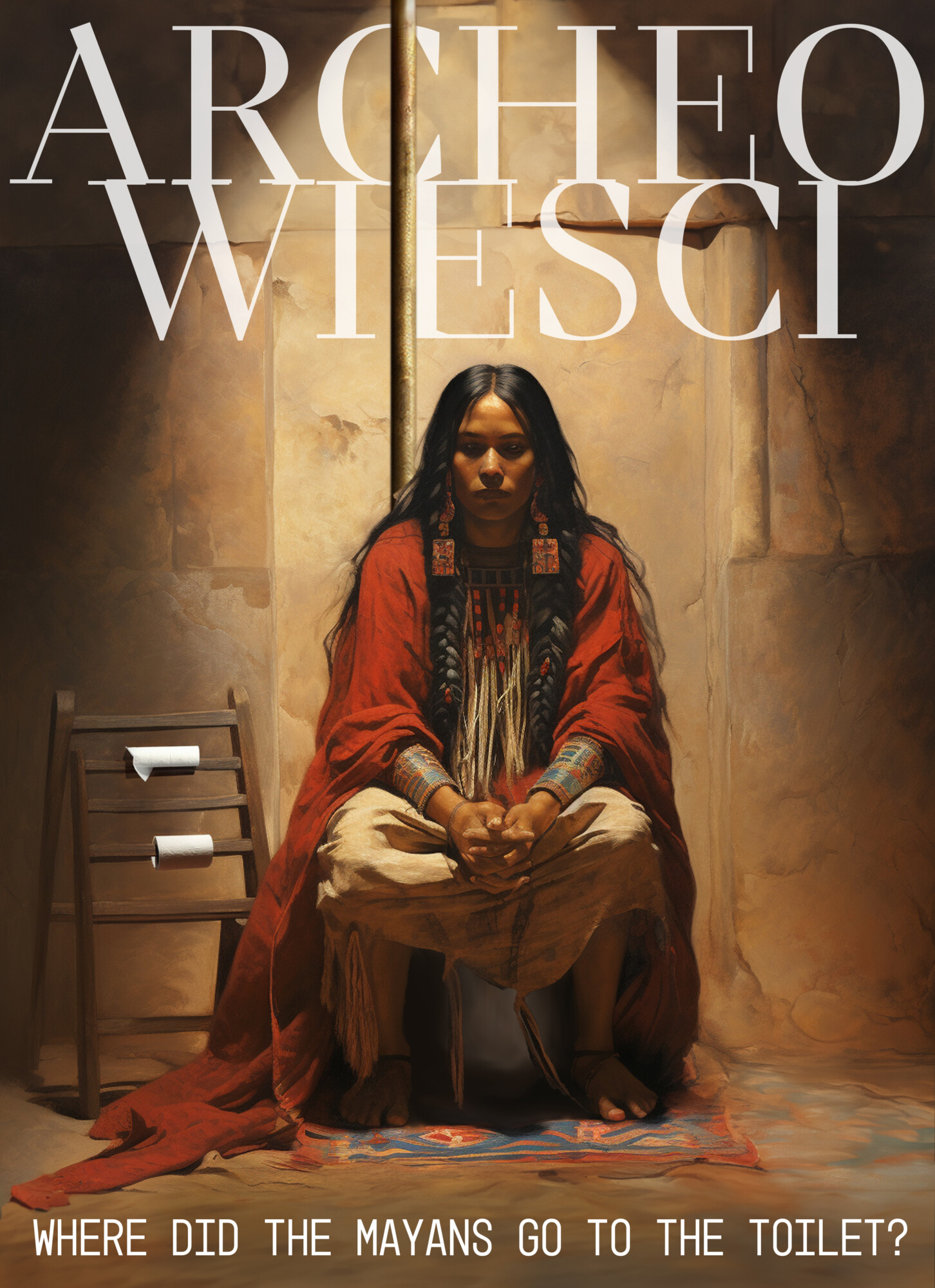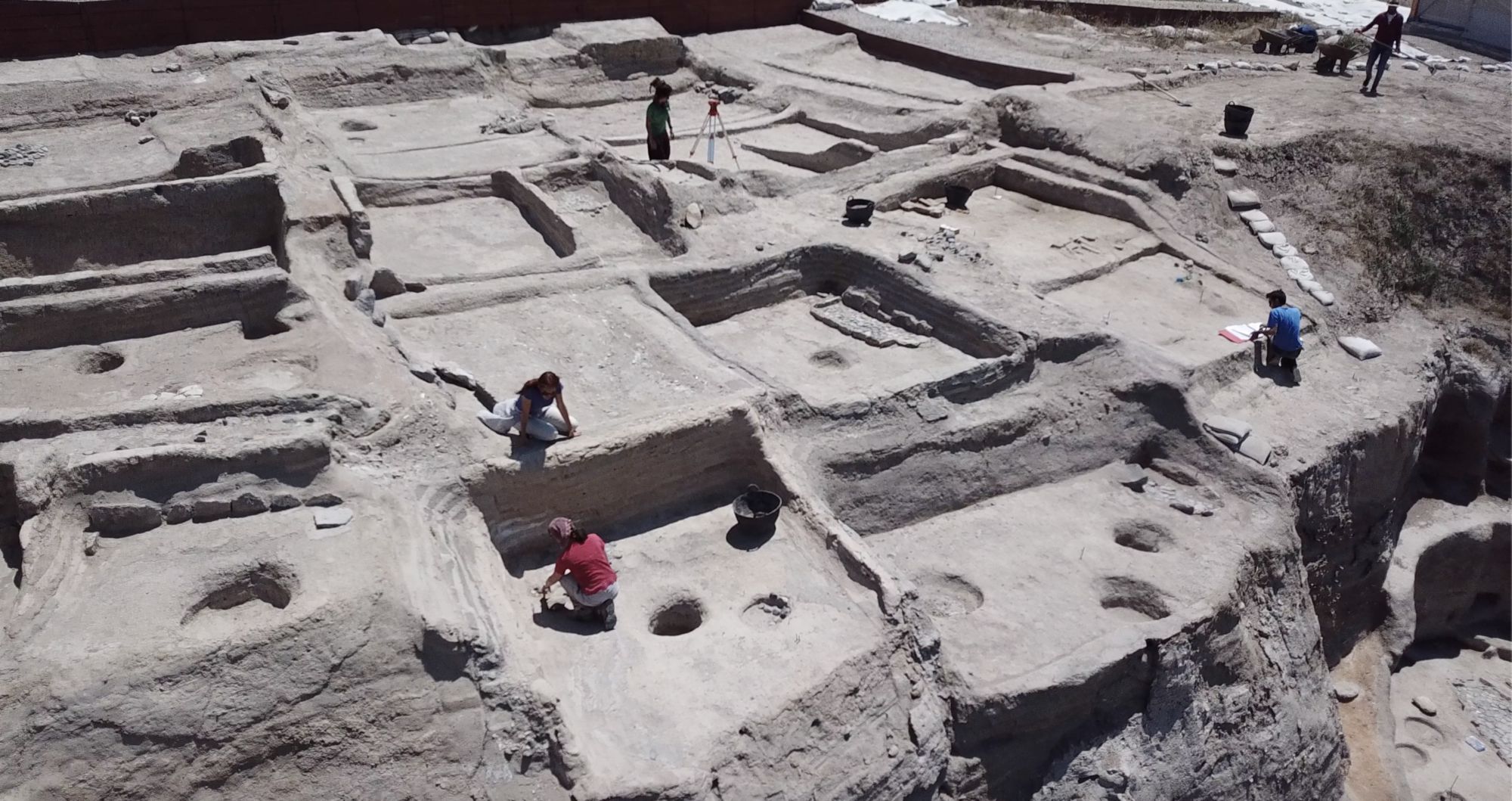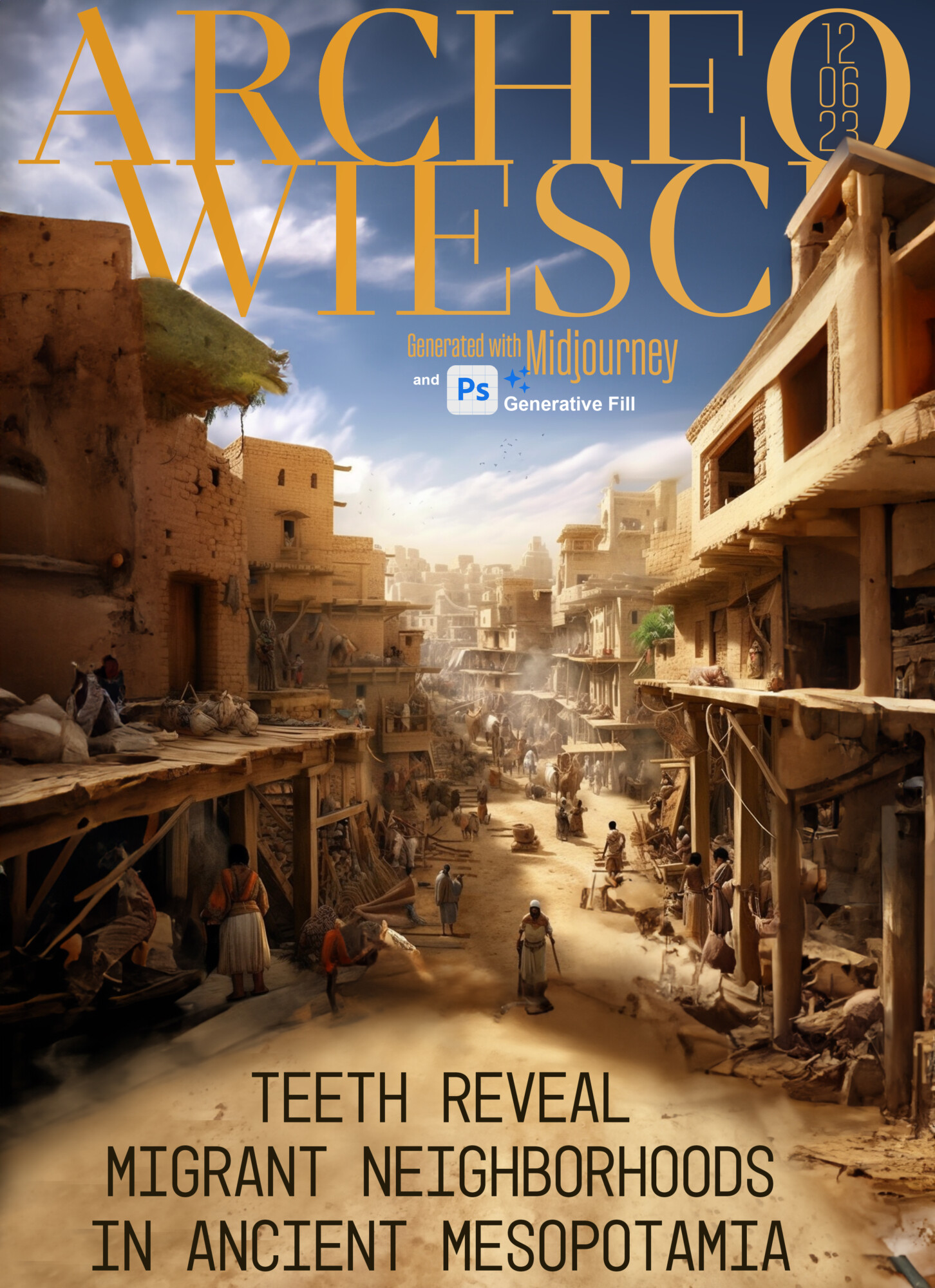
Imagine an ancient Maya city in its heyday. You will probably see its ceremonial core, with lofty pyramids, elevated palaces, extensive plazas, and everything is either painted bright red, or blinding white. You notice courtiers strolling along private patios, and servants rushing in all directions with their daily tasks. Perhaps there you can catch a glimpse of the ruler, sitting on his cushioned throne somewhere in the guts of a complicated maze of corridors in his palace. There is a sound of a gentle breeze blowing through the roofcombs, and a murmur of indistinguishable conversations. Faint smells of food mix with those of flowers… Then you step outside of the core, and everything changes. Perishable architecture intertwines with small houselot gardens, there are people everywhere, and they all seem to be shouting. Dogs are barking, some turkeys block your way, kids play in a muddy puddle, and you feel nauseous because of the ever-present smell of human waste mixed with odors of organic decay…
Hang on, hang on! Is that really a plausible picture?
Continue reading “Stinky problem – where did the Maya go to the toilet?”










